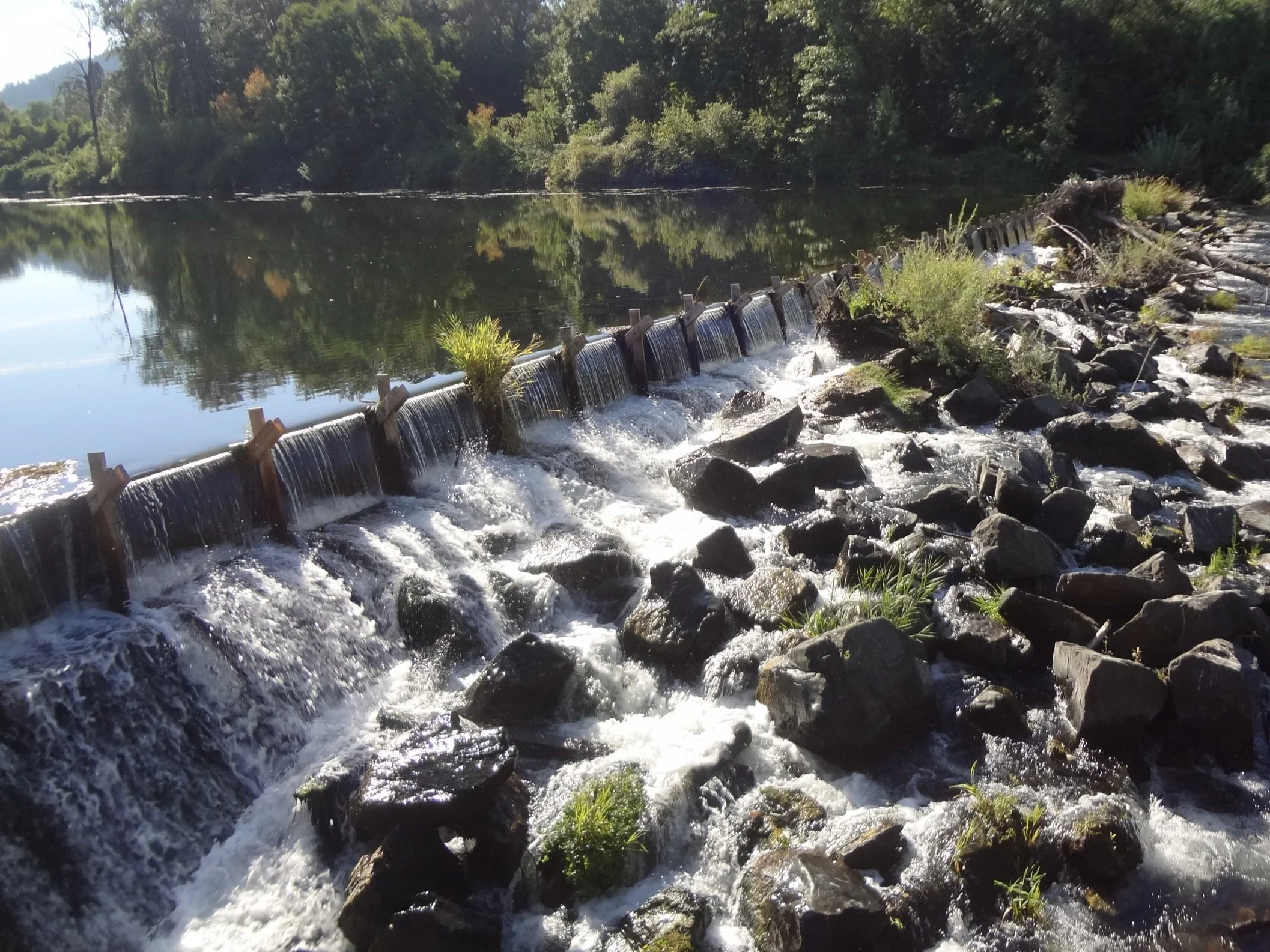A Request for Proposal (RFP) is an invitation for contractors to submit proposals for supplying equipment, materials, and/or services. The purpose is to assist APWC in selecting the most suitable contractor or supplier for the project. The RFP process defines the necessary information to be included in the proposals and details the scope of work expected from the contractor. This enables contractors to submit informed bids and allows APWC to receive comparable proposals, facilitating a direct evaluation based on project costs and projected timelines before choosing a qualified contractor.


